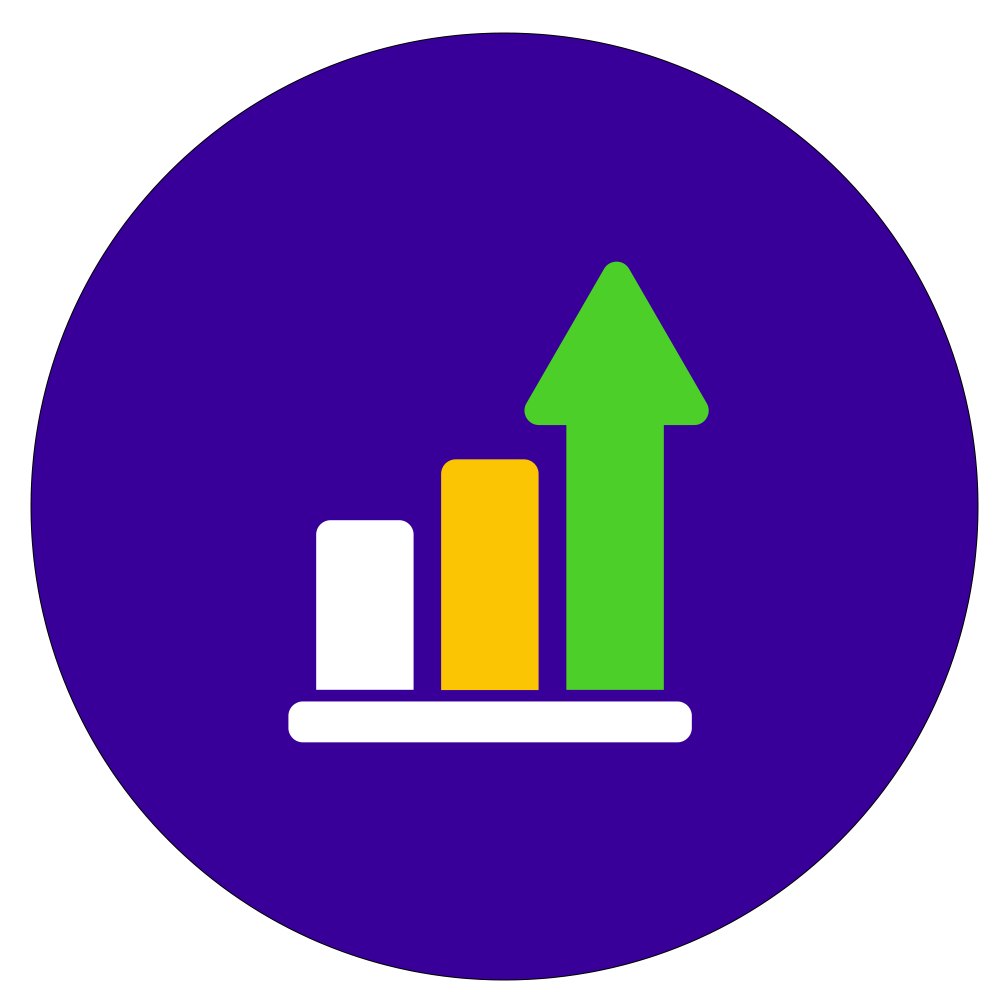Introduction
Many businesses unknowingly suffer from hidden costs of inefficiency that silently erode their profitability. These inefficiencies manifest in various forms—wasted time, mismanaged resources, high employee turnover, and outdated systems. While they may seem insignificant at first, their cumulative impact can be devastating, leading to revenue loss and, in extreme cases, business failure.
A Harvard Business Review study found that companies lose 20-30% of their revenue due to operational inefficiencies. Whether caused by manual processes, poor customer management, or financial mismanagement, businesses must proactively address these inefficiencies to sustain profitability.
In this blog, we will explore five key ways poor business systems contribute to the hidden costs of inefficiency and provide actionable strategies to eliminate them.
1. Time Wastage Due to Manual Processes
Time is money, yet many businesses continue to rely on manual processes that slow down operations. Tasks like data entry, paperwork management, and inefficient communication methods waste valuable hours that could be spent on revenue-generating activities, adding to the hidden costs of inefficiency.
Impact on Profitability:
- Employees spend excessive time on repetitive tasks, reducing productivity.
- Decision-making is delayed due to slow information processing.
- Increased labor costs without proportional revenue growth.
Solution:
- Automate repetitive tasks using CRM software, AI-powered tools, and workflow automation platforms.
- Implement project management tools like Trello, Asana, or Monday.com to improve task tracking and accountability.
- Use AI chatbots to handle basic customer inquiries and free up employee time for complex tasks.
2. Poor Customer Relationship Management
Customer satisfaction directly impacts profitability. Businesses that fail to manage customer relationships effectively struggle with low retention rates, declining customer satisfaction, and missed revenue opportunities—key contributors to the hidden costs of inefficiency.
Impact on Profitability:
- High customer churn leads to increased acquisition costs.
- Lack of personalization results in lower customer engagement.
- Missed follow-ups translate to lost sales opportunities.
Solution:
- Implement a CRM system to track interactions, automate follow-ups, and provide personalized customer experiences.
- Use customer feedback and analytics to improve service offerings.
- Train employees on best practices for customer engagement and conflict resolution.
3. High Employee Turnover Due to Inefficient Workflows
Employees thrive in structured environments. When business processes are inefficient, employees experience frustration, burnout, and job dissatisfaction, leading to higher turnover rates, which significantly add to the hidden costs of inefficiency.
Impact on Profitability:
- Frequent hiring and training increase operational costs.
- Loss of experienced employees disrupts workflow and reduces efficiency.
- Poor workplace morale leads to reduced overall productivity.
Solution:
- Develop standard operating procedures (SOPs) to streamline workflows and set clear expectations.
- Use performance management software to provide employees with regular feedback and career development opportunities.
- Foster a positive work culture by encouraging collaboration, recognizing achievements, and providing incentives.
4. Revenue Leakage from Mismanaged Finances
Many businesses suffer from poor financial tracking, unnecessary expenses, and revenue leaks, often due to outdated financial management systems. These contribute to the hidden costs of inefficiency, making it harder to scale and sustain profitability.
Impact on Profitability:
- Cash flow problems make it difficult to cover operational expenses.
- Poor budgeting results in overspending and financial mismanagement.
- Untracked expenses reduce overall profitability.
Solution:
- Invest in financial management software like QuickBooks or Xero to track revenue and expenses efficiently.
- Implement automated invoicing and payment reminder systems to ensure timely payments from clients.
- Conduct regular financial audits to identify and eliminate revenue leaks.
5. Lack of Scalability Due to Outdated Technology
Technology is the backbone of modern business. Companies that fail to upgrade their systems find themselves unable to scale effectively, adding to the hidden costs of inefficiency.
Impact on Profitability:
- Outdated software limits operational capabilities and slows down processes.
- Inability to integrate with modern tools results in inefficiencies.
- Higher maintenance costs for legacy systems reduce cost-effectiveness.
Solution:
- Upgrade to cloud-based solutions that offer flexibility and scalability.
- Invest in API-integrated tools to streamline operations across multiple platforms.
- Conduct regular technology assessments to stay ahead of industry trends.
Conclusion
Don’t let inefficiency drain your profitability! The hidden costs of inefficiency can cripple even the most promising businesses, but with the right strategies, you can eliminate bottlenecks and drive sustainable growth.
At Instant HighLevel, we specialize in streamlining business operations with expert virtual assistants and cutting-edge CRM solutions. Contact us today to eliminate inefficiencies and maximize your business’s profitability.
FAQs
1. How do I identify inefficiencies in my business?
Conduct process audits, track KPIs, and analyze workflow bottlenecks to pinpoint inefficiencies contributing to the hidden costs of inefficiency.
2. What tools can help reduce inefficiencies?
Invest in CRM software, automation tools, and financial management systems to improve efficiency and minimize the hidden costs of inefficiency.
3. How can small businesses implement these solutions affordably?
Start with cost-effective cloud-based solutions and scalable CRM systems like Instant HighLevel to reduce the hidden costs of inefficiency without exceeding your budget.


